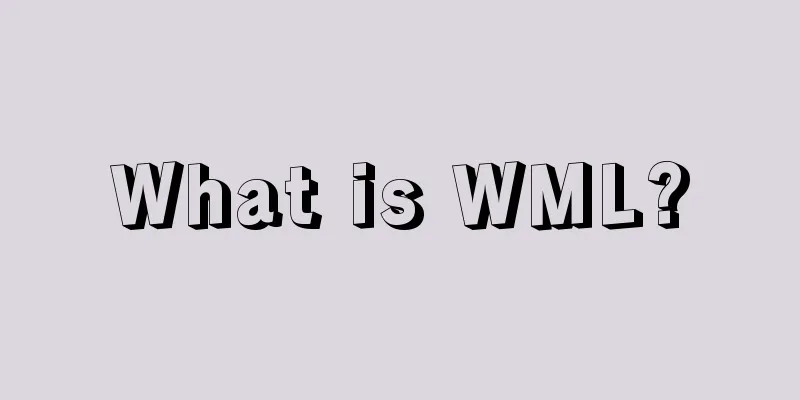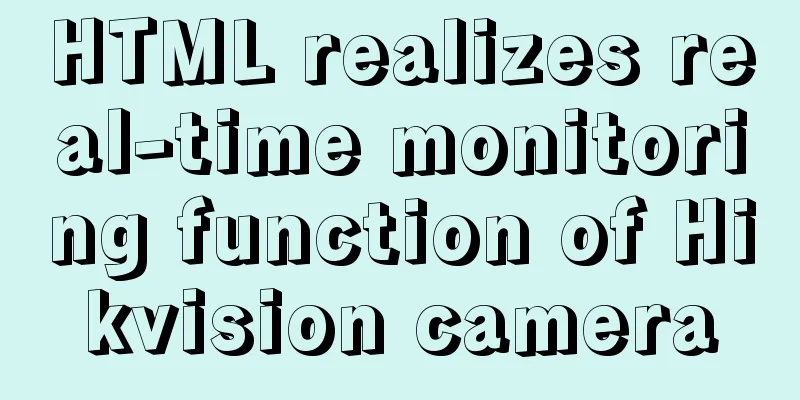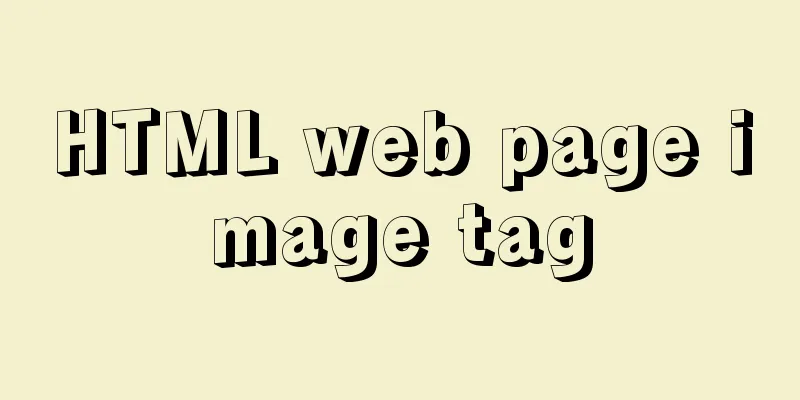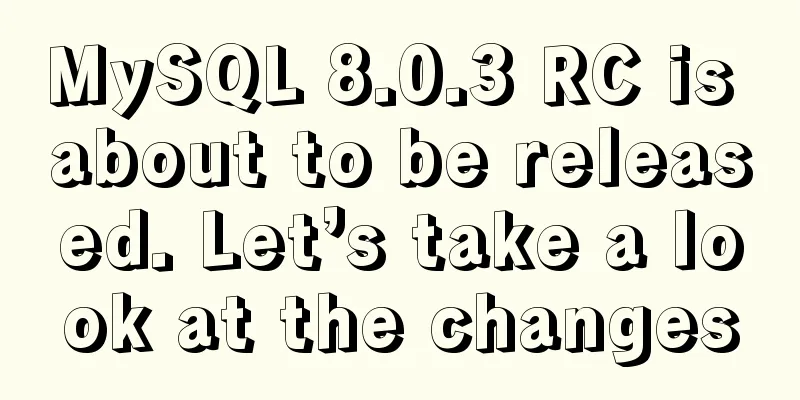What is WML?

|
WML (Wireless Markup Language). It is a markup language that is descended from HTML, but WML is based on XML and is therefore more rigid than HTML. WML is used to create pages that can be displayed in a WAP browser. Pages written in WML are called DECKS. DECKS are constructed as a set of CARDS. This description language comes from the same family as the HTML language we often hear about, and both belong to the large family of XML languages. The syntax of WML is the same as that of XML, and WML is a subset of XML. We can read the content written in HTML language on our PC using browsers such as IE or Netscape, while the files written in WML language are specially used to be displayed on the screens of some wireless terminals such as mobile phones for people to read. It can also provide users with a human-computer interaction interface, accept user input of queries and other information, and then return the final information he wants to obtain to the user. [Edit this paragraph]What is WMLScript? WML uses WMLScript to run simple code on the client side. WMLScript is a lightweight JavaScript language. However, WML scripts are not embedded in WML pages. The WML page simply contains a reference to the script URL. Before a WML script runs in a WAP browser, it needs to be compiled into byte code on the server. Establish a web page production environment. The WML file itself is a text file, so editing is not a problem and any editor you are familiar with can be used. Of course, since current browsers cannot display WML pages, and we cannot always test on mobile phones (the speed is too slow), we need a simulator. Now mobile phone manufacturers such as NOKIA, ERICSSON, MOTOROLA, etc. have produced corresponding products, you just need to download them. Of course, in addition to the simulator, you will also need a graphics converter (used to create WAP format graphics files), a character transcoder (Chinese characters <=> UNICODE), etc. These are explained on the tools and forum pages of this site. WML file structure A WML page is usually called a desktop (DECK), which consists of a group of interconnected cards (CARD). When a mobile phone accesses a WML page, all the CARDs of the page are downloaded from the WAP server to the device. The switching between CARDs is handled by the phone's built-in computer, and there is no need to retrieve information from the server. CARD can contain text, tags, links, input controls, tasks, images, etc. CARDs can be linked to each other. The entity of the document is contained in the <wml>...</wml> tag, each CARD in the document is contained in the <card>...</card> tag, and the actual text paragraph is contained in the... Marking. Simple example: <?xml version="1.0"?> <!DOCTYPE wml PUBLIC "-//WAPFORUM//DTD WML 1.1//EN" "http://www.wapforum.org/DTD/wml_1.1.xml"> <wml> <card id="HELLO" title="HELLO"> Hello world! </card> </wml> The results are as follows: ------ HELLO ------ Hello World! The detailed explanation of each component in DECK is described in other parts of this tutorial. WML character set WML is a subset of XML and inherits the character set settings of XML. The default character set for WML documents is UTF-8. There are two ways to display Chinese. The easiest way is to use encoding in the document header, that is, change the first line to: <?xml version="1.0" encoding="gb2312"?> However, it is frustrating that some mobile phones and simulators do not support this method (in the future), so the second method is more common: do not change the character set settings, but use UNICODE to represent Chinese characters when writing Chinese, such as: <b>Address Book</b> represent: Address Book WML Elements: Tags and Attributes The main content of WML is text. Since tags will reduce the communication speed with handheld devices, only a small part of them is used in the WML standard. Tags for tables and images are almost always excluded. Like XML, in WML, all elements are enclosed in symbols "<" and ">" and contain a start tag, an end tag and a content tag, or a control tag that ends itself. Like this: <tag>content</tag> For example: Hello World! or <tag/> For example: and <go href="#done"/> WML also supports attributes in tags. Attributes are additional information about a tag that, unlike the content of an element, is not displayed on the screen. Attributes are usually specified after the element's start tag. As in the last example above. Since WML is an application of XML, all WML tags and attributes are case-sensitive (<wml> is completely different from <WML>), and all tags must be correctly ended. WML requires that attribute values must be enclosed in double or single quotes. Single quotes can be placed inside attribute tags or inside double quotes. Characters can also be used as attribute values. WML Comments XML supports the following comment formats: <!You can't see this sentence on your phone--> These comments are not displayed in the browser. WML does not support nested element comments. Link (URL) WML external reference method is the same as HTML http://www.itsalon.net/index.wml or http://www.itsalon.net/index.wml#login Internal reference, if next is a CARD in the current DECK, it can be used in this way: #next There are two WML elements that provide linking functionality: <go> (see Tasks) and <anchor> (see Events). CDATA XML supports the concept of CDATA to display text that does not require interpretation. The following example uses the CDATA element to display WML command text in a WML page. <! [CDATA [ <card name="bogus">this is data </card> ] ]> The browser window will display something like this: <card name="bogus">this is data </card> |
<<: VUE implements timeline playback component
>>: Example of how to use CSS3 to layout elements around a center point
Recommend
Use of MySQL trigger
Table of contents 1. Trigger Introduction 1. What...
js to call the network camera and handle common errors
Recently, due to business reasons, I need to acce...
Solve the problem that the directory mounted by docker cannot be read and written
Use the following command to create a container a...
Learn the common methods and techniques in JS arrays and become a master
Table of contents splice() Method join() Method r...
Ubuntu 19.04 installation tutorial (picture and text steps)
1. Preparation 1.1 Download and install VMware 15...
Things to note when migrating MySQL to 8.0 (summary)
Password Mode PDO::__construct(): The server requ...
What is dns-prefetch? Front-end optimization: DNS pre-resolution improves page speed
Table of contents Background 1. What is dns-prefe...
How to point the target link of a tag to iframe
Copy code The code is as follows: <iframe id=&...
In-depth understanding of Worker threads in Node.js
Table of contents Overview The history of CPU-bou...
js+css to realize three-level navigation menu
This article example shares the specific code of ...
How to use CSS3 to implement a queue animation similar to online live broadcast
A friend in the group asked a question before, th...
How to implement nested if method in nginx
Nginx does not support nested if statements, nor ...
Web page creation for beginners: Learn to use HTML's hyperlink A tag
The hyperlink a tag represents a link point and i...
HTML is the central foundation for the development of WEB standards
HTML-centric front-end development is almost what ...
CenterOS7 installation and configuration environment jdk1.8 tutorial
1. Uninstall the JDK that comes with centeros fir...









